Has the world of antique oil lamps recently grabbed your interest? Perhaps, you’re looking to start your own collection of old and antique lamps? Whatever the case is, you’ll be glad to know that you’re in the right place because we’ve got just what you need!
Oil lamps have been in use for hundreds of years now. While they were considered to be highly practical in previous centuries, they have converted into incredibly precious and exquisite collectibles for enthusiasts. Rightfully so, these objects could prove to be quite beneficial for you, whether you decide to use them for their primary purposes or if you simply intend to build your collection of antique lamps.
If you wish to become an integral part of the antique lamp collectors and traders community, then it’s essential for you to understand everything about the history as well as the concept of these lamps. Realistically, it may require extreme dedication and intense effort to become familiar with the massive world of antique oil lamps. However, we won’t ask you to go through such trouble. Instead, we’ve compiled everything that you need to know in order to become introduced to the world of antique lamps the right way.
With that said, let’s not waste another second and get straight into the guide!
Table of Contents
What Are Antique Oil Lamps?
If you’ve recently become involved in the world of antique lamps, then there is a fair chance that you’re not yet fully aware of what an oil lamp is and how it is intended to be used. These lamps work similarly to any other energy-driven lamp; however, unlike various other types of lamps that function on electricity, they rely heavily on an oil-based fuel source to produce light.
The use of these lamps began thousands of years ago; however, the concept of an oil lamp has gradually evolved over the course of previous centuries to become that highly practical and exquisite tool that it is known to be today. Since oil lamps have been around for so long, they have a quite vast history, which every antique lamp collector must be aware of in order to develop and maintain interest in the domain of antique lamps.
History Of Oil Lamps
The new lamps that we come across today are fairly different from the ones produced various centuries ago. This is because of the various modifications and improvements that they have gone through in order to popularize the concept of oil lamps throughout the centuries.
During the early 18th century, these lamps were primarily used for their functionality instead of for decorative purposes. Oil lamps of these times were pretty basic models, and the idea wasn’t much popular until the release of the betty style oil lamp, which was a major improvement over previous models. These oil lamps were primarily made of metal, with variations in tin, brass, and copper.
The center draft oil lamp was released, which introduced the idea of a cylindrically shaped wick and a chimney to assist in the airflow. This invention was revolutionary in the history of oil lamps as it presented the idea of a more applicable lamp design that would be implemented by future productions.
The 19th century brought the idea of kerosene lamps, which utilized a different fuel source relative to previous models. New lamps also implemented a glass chimney, which significantly improved the aesthetics of old lamps. This was also the time when some of the most valuable and precious antiques in the history of oil lamps were produced.
Moving on to the 20th century, electric lamps with bulbs began to replace oil lamps in the market. However, oil lamps were still being made and sold by manufacturers all across the globe. One of the most well-known productions of this century was the Alladin mantle lamp made from brass and steel. Other designs of this century consisted of glass shades, which added a unique appeal to the oil lamp.
Difference Between Oil And Kerosene Lamps
While a kerosene table lamp might seem identical to an oil lamp, there are still minor differences between the two that you need to be aware of. Lamp oil and kerosene are basically two different fuel sources that you may use in an oil lamp. While several old lamps may not give you the option to choose between lamp oil and kerosene, most new lamps are compatible with both types of fuels.
When choosing between lamp oil and kerosene, you must know the differences between the two fuels. Lamp oil is more expensive than kerosene since its combustion results in the release of fewer impurities and harmful chemicals into the air. Lamp oil is also known to burn slower than kerosene because of its clean-burning nature; therefore, making lamp oil lasts longer than kerosene.
Apart from the few differences between the two types of fuels, it’s essential to know whether you’re using a kerosene lamp or an oil lamp, certain parts are similar. Being an antique lamp collector requires you to be aware of these lamp parts.
- Chimney: This is the region of the kerosene oil lamps that holds the flame of the lamp. Various new styles are also known to have glass shades surrounding the chimney.
- Reservoir or Bowl: A bowl is used to hold the fuel of the oil lamp. Normally, there is an opening used to fill up the reservoir or bowl.
- Burners: A burner is the part of an antique lamp that is present above the reservoir. Burners typically consist of a circular wick that extends into the bowl and soaks up the fuel.
Tips For Antique Oil Lamp Identification
If you wish to become an antique lamp collector, then it’s essential for you to understand how to identify vintage lamps. To properly identify any antique lamp, you must pay close attention to various different aspects of the lamp, including its style, material, color, maker’s marks, and more! Although it can be difficult for individuals with little to no knowledge of antique oil lamps, you don’t need to worry because we’re here to help!
Here is a list of tips that can make the process of identifying newer as well as older lamps incredibly simpler and effortless for you.
Identify Lamp Style
First and foremost, you must be able to identify the styles of antique lamps. This will help you acknowledge what century and country the lamp belongs to. It can also assist in identifying the company or manufacturer of the antique oil lamp since some styles are specific to certain manufacturers.
If you encounter a style that you’re unable to recognize, be sure to compare it with each of the following antique lamp styles popular in different ages.
Hanging Oil Lamp
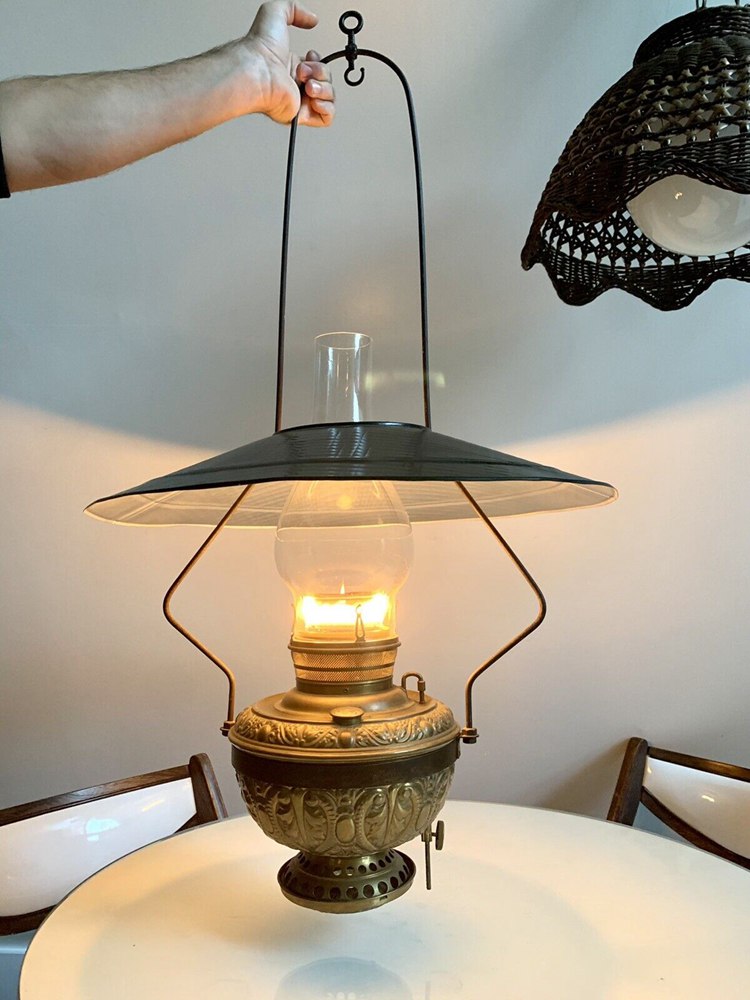
These lamps have been incredibly popular throughout centuries and have been popularized because of their great practicality and incredible designs. They typically consist of a loop on top primarily used for hanging it from a nail. Individuals have a variety of options to hang the lamp in whatever way they like.
Lamp With Handle
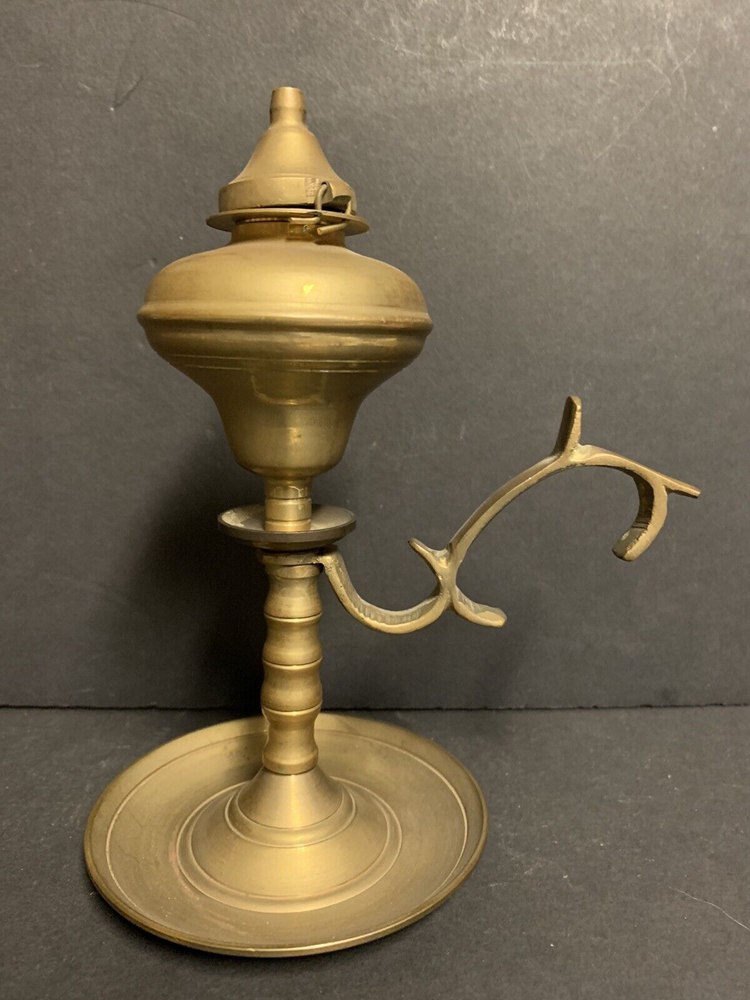
Unlike other popular styles, these types of lamps were primarily made to be carried around the property. They can be easily identified from their carrying handle or the finger loop.
Kerosene Table Lamp
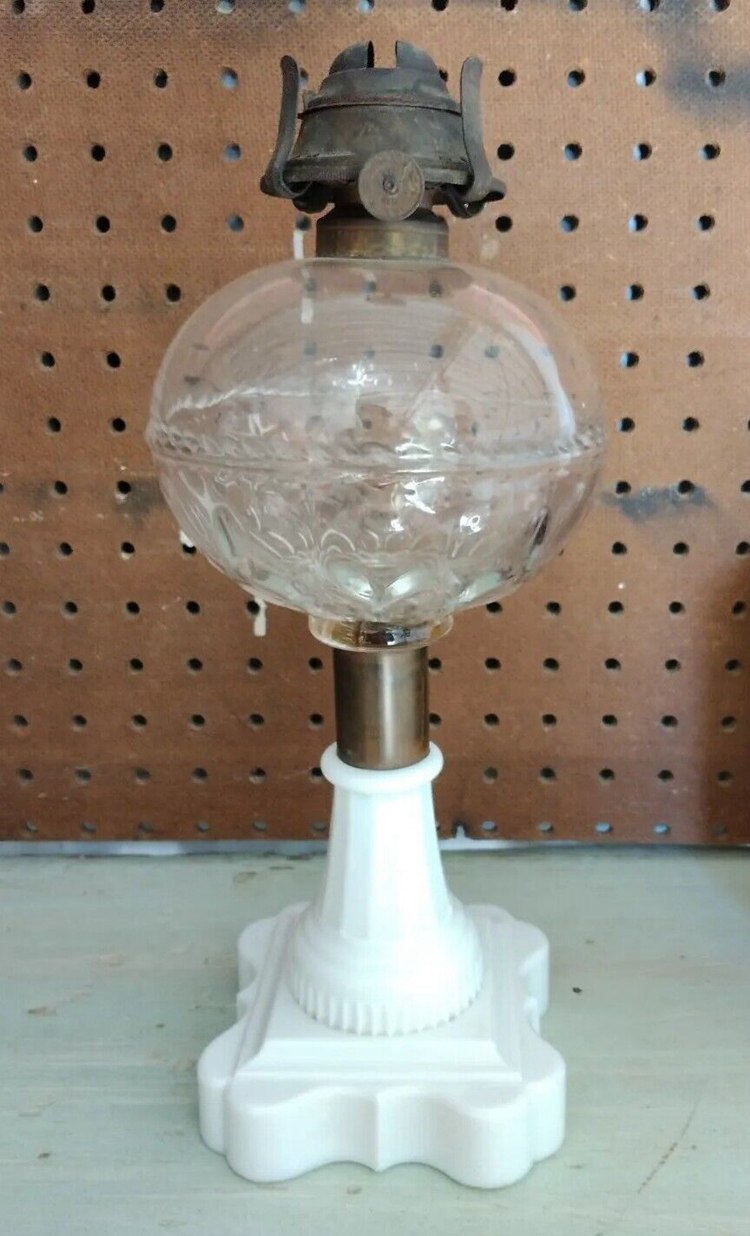
These lamps come in various designs and color variations; however, the one thing common in all these variations is that they have a wider base relative to other popular styles. This enables the lamp to sit upright on a table; therefore, living up to its name.
Lamp With Shade
These lamps are known to have clear glass shades that significantly add to their beauty as well as their worth for collectors and traders.
Classic Wall Lamp
You must’ve come across a classic wall lamp at least once in your life because of how common they are, even in the modern era. These antique-styled lamps are known to have an integrated reflector that allows the light to be reflected away from the wall.
Identify Lamp Burners
Another significant step in trying to identify antique lamps is acknowledging the types of burners used. Burners help you identify the kind of fuel used, the age of the lamp, and various other hints that might help you identify the makers of certain products.
Generally, there are six types of burners popularly used in antiques of different ages.
Coronet burner
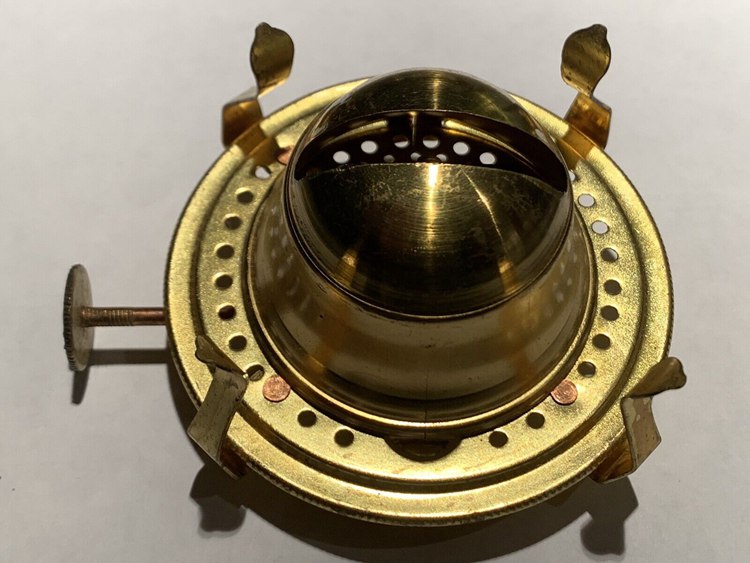
These burners are fairly common in both oil as well as kerosene lamps. They have a highly unusual design consisting of a coronet or crown-shaped piece of hardware that holds the chimney.
Prong burner
These burners consist of four prongs that hold the glass chimney in place. These burners support the use of both oil and kerosene as fuel types.
Argand burner
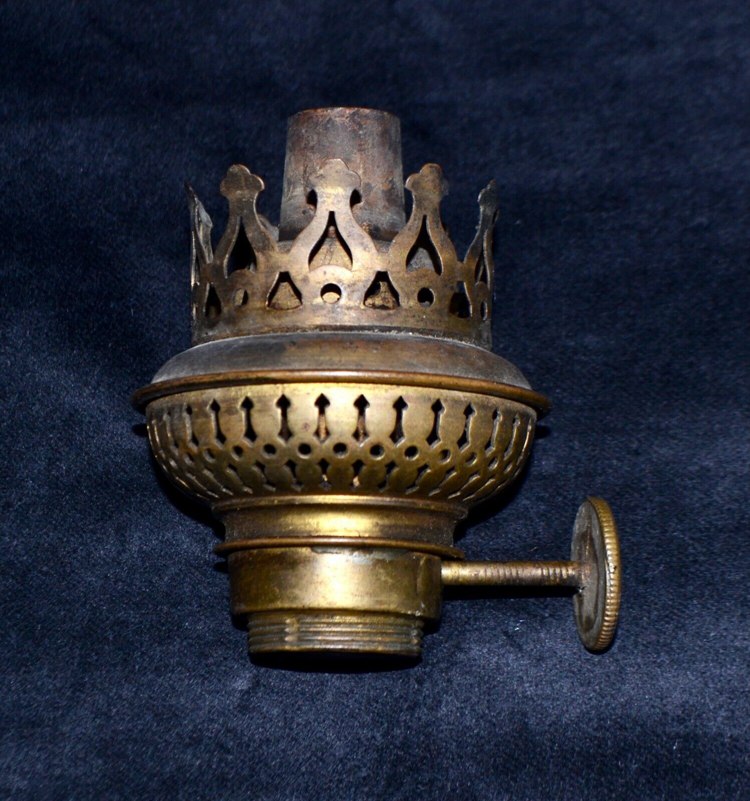
The Argand burner consists of numerous holes in its cylindrical design that allows air to circulate throughout the burner to assist in the optimum burning of fuel. This is what makes it a highly effective burner for different types of lamps.
Whale oil burner
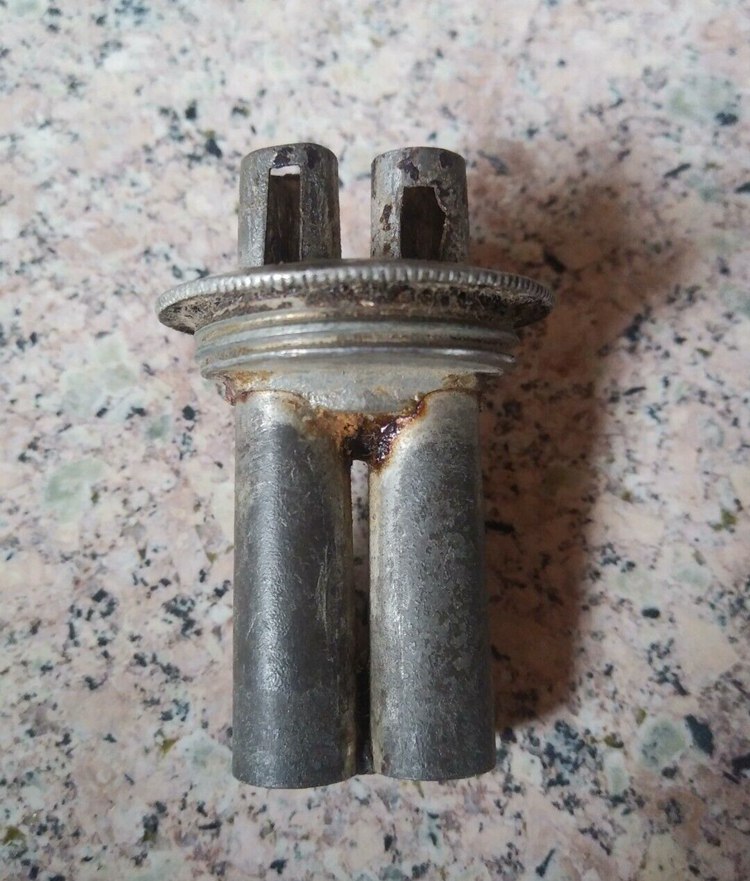
The Whale oil burner consists of two long and prominent tubes that fulfill the purpose of holding the wick and extending it into the bowl or reservoir to melt the whale oil using the heat of the lamp.
Central draft burner
This burner also allows for greater circulation of air with the help of several intake tubes in the center and a perforated metal surface. Similar to Argand burners, the Central draft burner is also incredibly efficient in burning different kinds of fuels.
Burning fluid burner
These burners have brass tubes extending from a plate in the upwards direction. The plate is generally known to have a solid brass base.
Identify Colors Of Antique Lamps
With that out of the way, the next step is to carefully analyze the color of the glass shade used in the lamp. Most modern lamps typically have a clear glass shade; however, you won’t be surprised to find out that a fair amount of antiques used distinctive glass colors to add to the visual appeal of the product and raise its value before being sold into the market.
Apart from trying to identify details of antiques, this will also help you recognize whether certain lamps are real antiques or simply a reproduction of the original piece. To help you get an accurate idea of what you should be looking for, here are some common colors of antiques that you are likely to come across while building your collection.
- Cobalt blue glass
- Amber glass
- Green glass
- Red glass
- Transparent glass
- Amethyst glass
Check For Maker’s Marks
In order to identify the accurate origins and details of real antiques, you need to be aware of the brand, company, or manufacturer responsible for producing a certain oil lamp. Like various other antique tools and products, antique lamps are also known to have a manufacturer’s mark that helps individuals identify the lamp’s age, country, and value.
While looking for and recognizing identification marks might be incredibly difficult for someone with little knowledge about antique lamps, you don’t need to worry because we’re here to help! There are certain measures that you can take to ensure no inconvenience while trying to identify the manufacturer of antique lamps.
First and foremost, you need to look for the mark on the surface of the lamp. While these marks are generally found on the lamp bases and on the burning hardware; however, if you’re unable to find the mark, be sure to also take a look at the glass covering. In most cases, you might also find this mark on the button that is used for winding the wick.
Once you’ve found the manufacturer’s mark on your lamp, be sure to check it against the marks of some of the well-known oil lamp manufacturers listed below:
- Aladdin Industries– They have made several variations to their mark over the centuries; however, nearly a majority of these variations had the name “Aladdin” imprinted somewhere in the middle of the mark.
- Rochester Lamp Company– Rochester Lamp Company is a very well-known New York-based lamp manufacturer company with several rare and valuable antiques in the market. Their mark consists of “Rochester” or “New Rochester” and is generally stamped on the winder button.
- Beacon Light – Beacon light is one of the most renowned makers of vintage lamps with a great reputation and popularity among the vintage oil lamp collectors and traders community. Their mark consisted of their name in block letters surrounded by a circle.
- Erich & Graetz– Products from Erich & Graetz are easily recognizable primarily because of their unique and distinctive mark consisting of two dragons facing each other.
How To Spot Antique-Styled Reproductions?
When entering the massive world of vintage lamps, you are likely to come across various antique-styled reproductions that may be presented to you as the original product. These are actually fakes and remakes with no real historic or monetary value to collectors and traders. It’s essential for you to learn how to identify remakes so that you can avoid them in the future.
The difference between originals and remakes is quite apparent to experienced and knowledgable collectors and traders; however, since you’re new in the field, there are certain measures that you can take to effectively spot and avoid a reproduction.
Use Black light
A black light can certainly assist in distinguishing between an original piece and a modern remake. Most vintage lamps consist of glass parts that have been fused together; therefore, are not likely to glow and shine. On the other hand, reproductions make use of glue to attach the parts together, which will glow when met with a black light.
Examine Hardware
There is a significant difference between the hardware of original antiques and remakes. The hardware of vintage lamps can help you identify whether they are old or new. You need to check whether the bolts are threaded partially or for the entire length. A lamp with full threading is likely to be a remake or reproduction of an old lamp.
Check Plaster
While the appearance of parts might be identical in both vintage and remakes; however, both utilize different techniques for attaching these parts together. This can potentially help you distinguish between originals and remakes. Older lamps generally made use of plaster to fill in spaces between the body of the lamp and other hardware. Instead of plaster, modern remakes use glue for these purposes. Closely check between joints of the lamp to identify whether plaster or glue has been used.
Antique Oil Lamp Value Guide
Now that you’re ready to start your vintage oil lamp collection, you might be wondering about how you can accurately determine the value of certain products before deciding to buy them. If you’re a beginner, then you are highly recommended to have an expert take a look and give you an accurate estimate of the lamp’s value. Alternatively, there are certain factors that you can use to determine its worth to collectors and traders.
- The condition of the lamp will significantly impact its value. Vintage lamps in good conditions are sold much higher and a worth more to collectors and traders.
- The rarity of certain models of lamps is the prime factor for their skyrocketing prices and high demand.
- Distinctive designs on the surface of lamps can greatly increase their value.
- Lamps with historical backgrounds and importance will be priced higher than competitors.
- Burning or significant damage to the surface of the lamp will greatly reduce its value.
For a better understanding of the values of old oil lamps, be sure to take a look at some examples of products listed below.
- Antique 1886 Rochester Brass Converted Oil Lamp- Sold for $79.00
- Antique 1880’s EAPG Princess Feather Oil Lamp Gold Base Amber Tank HSH Chimney- Sold for $124.95
- Antique Aladdin Model B Lincoln Drape Kerosene Oil Lamp Minty!- Sold for $55.00
- Antique Lantern DIETZ D-LITE No 2 LG FOUNT Primitive Oil Kerosene Lamp, 1943- Sold for $74.00
Final Words
If you want to become an integral part of the vintage oil lamp collectors community, then you are highly recommended to expand your knowledge regarding the different types of oil lamps, their rich history, and their value in the modern era. A great way to do so is by visiting libraries and reading oil lamp identification and buying guides. Alternatively, you can view different models of vintage lamps online and gradually build your own collection with the lamps that appeal to you most.
With that said, we wish you good luck on your journey to be a successful oil lamp collector. If you have any questions or queries regarding the topic, be sure to leave them in the commend section below and we’ll assist you as soon as possible!

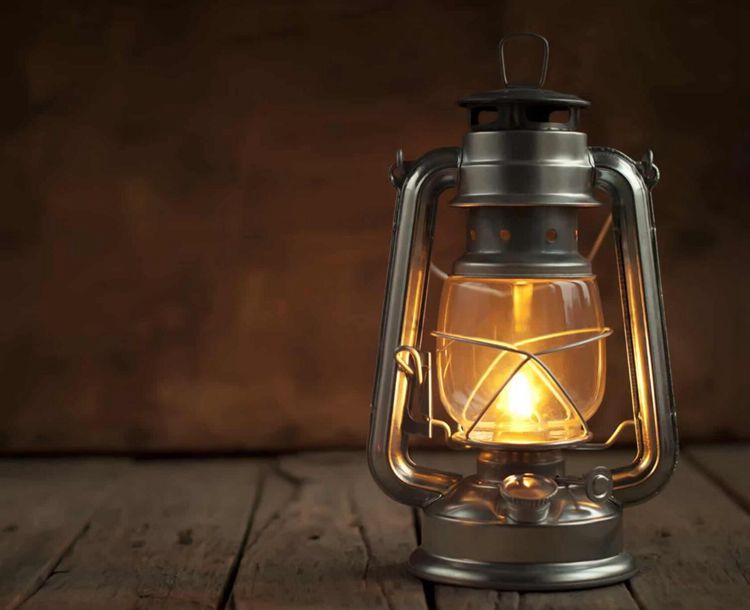
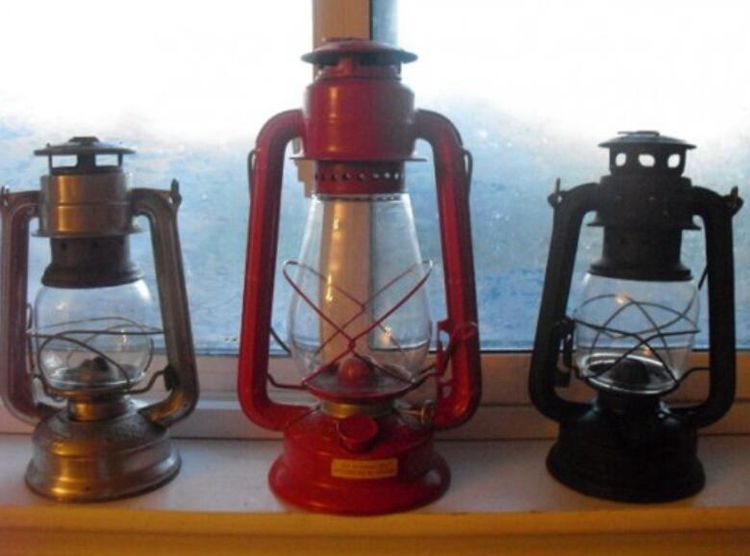
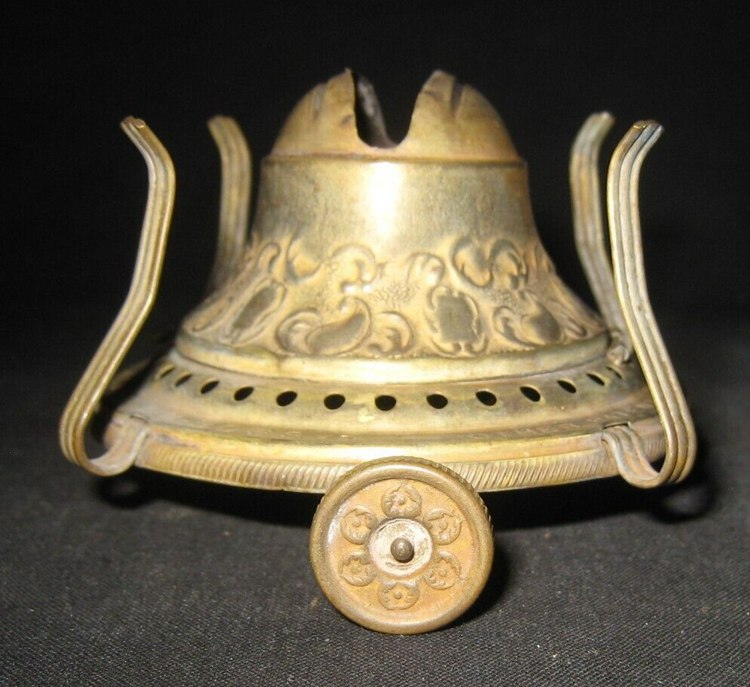




![Where To Sell Antique Furniture In 2022 [Ultimate Guide]](https://www.jacquelinestallone.com/wp-content/uploads/2022/09/Etsy-Your-Place-To-Buy-And-Sell-All-Things-Handmade-600x450.jpg)


